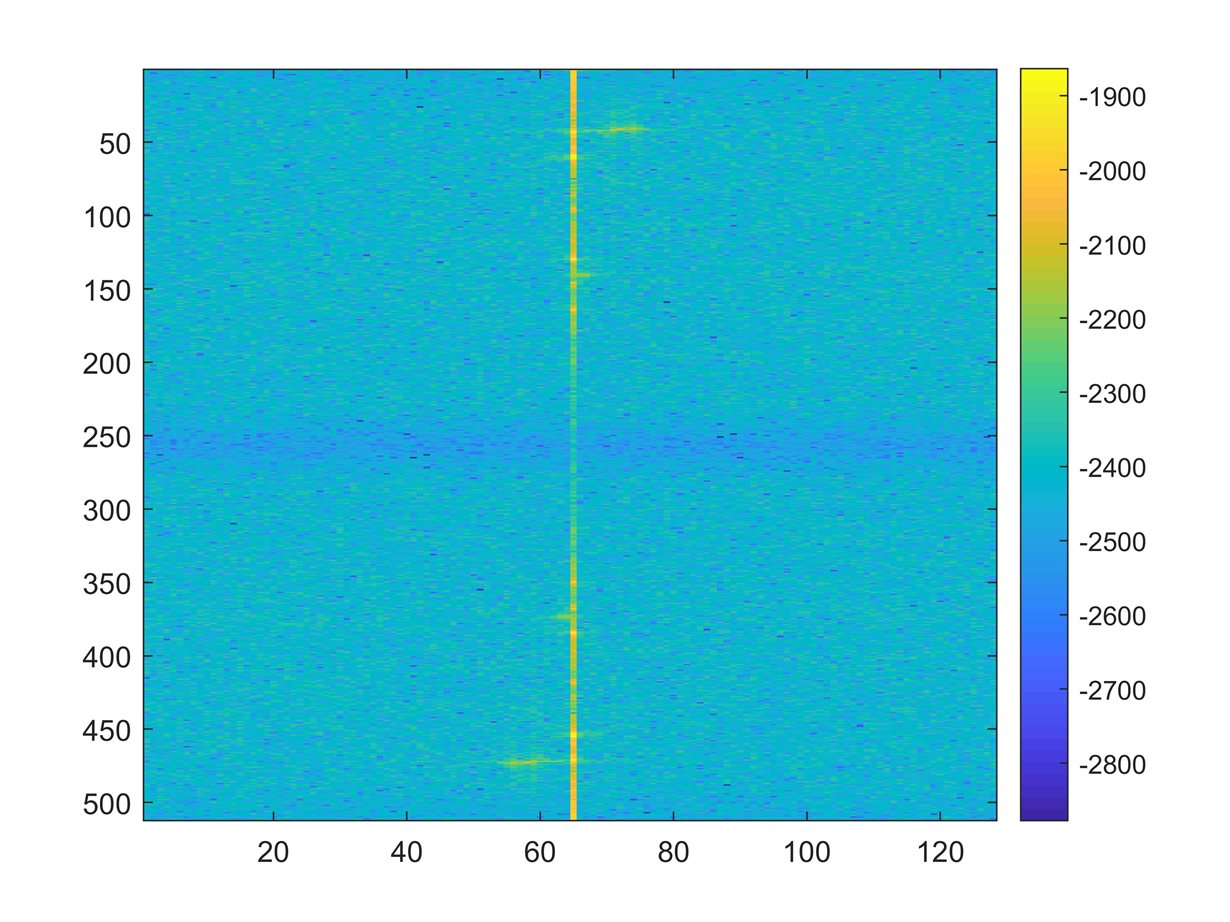Other Parts Discussed in Thread: AWR1642
Hello TI,
I have a few questions related to the data collected with an AWR1642 and handled through a DCA1000. Using these forums before making a post I have solved almost all of my own issues but I have one point I am still confused on. Let me walk you through what I know to try and make clear what it is I'm stuck on so I don't get directed to things I have already seen or waste your time.
I started by configuring my radar and LVDS capture to be compatible with the information found in the "Mmwave Radar Device ADC Raw Data Capture" Application Note, "mmWave Studio GUI", "Programming Chirp Parameters in TI radar Devices", and " DCA1000 Data Capture Card" pdfs. With everything set here I am able to capture moving target data that I can see in the mmWave Post Processing GUI and successfully create .bin files. I found the code to convert the .bin file into a MATLAB object and added my own post processing code to create a radar data cube for analysis.
The part I am stuck on is units. When I read in the ADC data, the code provided in "Mmwave Radar Device ADC Raw Data Capture" reads it in as 'int16'. My understanding is at this level the data is in "ADC count" units and will range from +/- (2^(numBits-1))/2 i.e +/- 16,384, since I am using 16-bit values. A portion of a frame that has 128 chirps to form a Doppler axis and 512 ADC samples per chirp return to form a range axis is shown below. The values recorded by the ADC are much smaller than the ADC limits, but they are all still within the theoretical limits which is encouraging.
It is at this point I am stuck.If I normalize this data by dividing it by 16,384 I now have unit-less numbers but can not find any helpful documentation on how to map these values to power measurements. I did find a document on the forums "7367.RadarStudio_matlab_scaling.pdf" that provides some equations but when applying these equations to the data the values on my heatmap still make no sense. Below is a snip of the equations.
I feel that this is an easy issue to correct, I just can't seem to find the correct conversion to go from ADC bit count units to physical units.
Attached here is one example of me trying to apply a some variant of this correction factor to the data. This frame has a target that matches the location it was found in the TI GUI but you can see my units are very wrong. Don't worry about the mirror image, I have not windowed or applied anything to clean up the data yet.
Any info you could provide would be useful.
Ted






